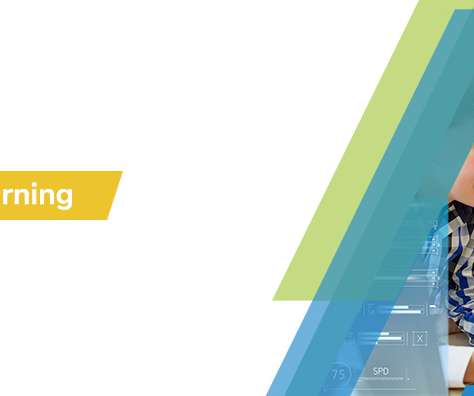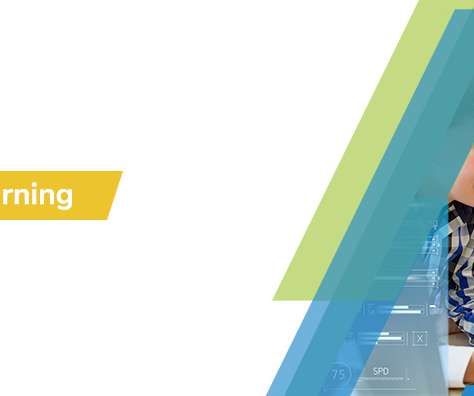Applying Bloom’s Taxonomy to E-Learning Development
Capytech
MAY 29, 2022
Applying Bloom’s Taxonomy to E-Learning Development. Bloom’s Taxonomy is a commonly referred to educational concept, but how does it apply to e-learning, particularly in a corporate training environment? In brief, Bloom’s Taxonomy defines the different levels of cognition. They are: Remembering.















































Let's personalize your content